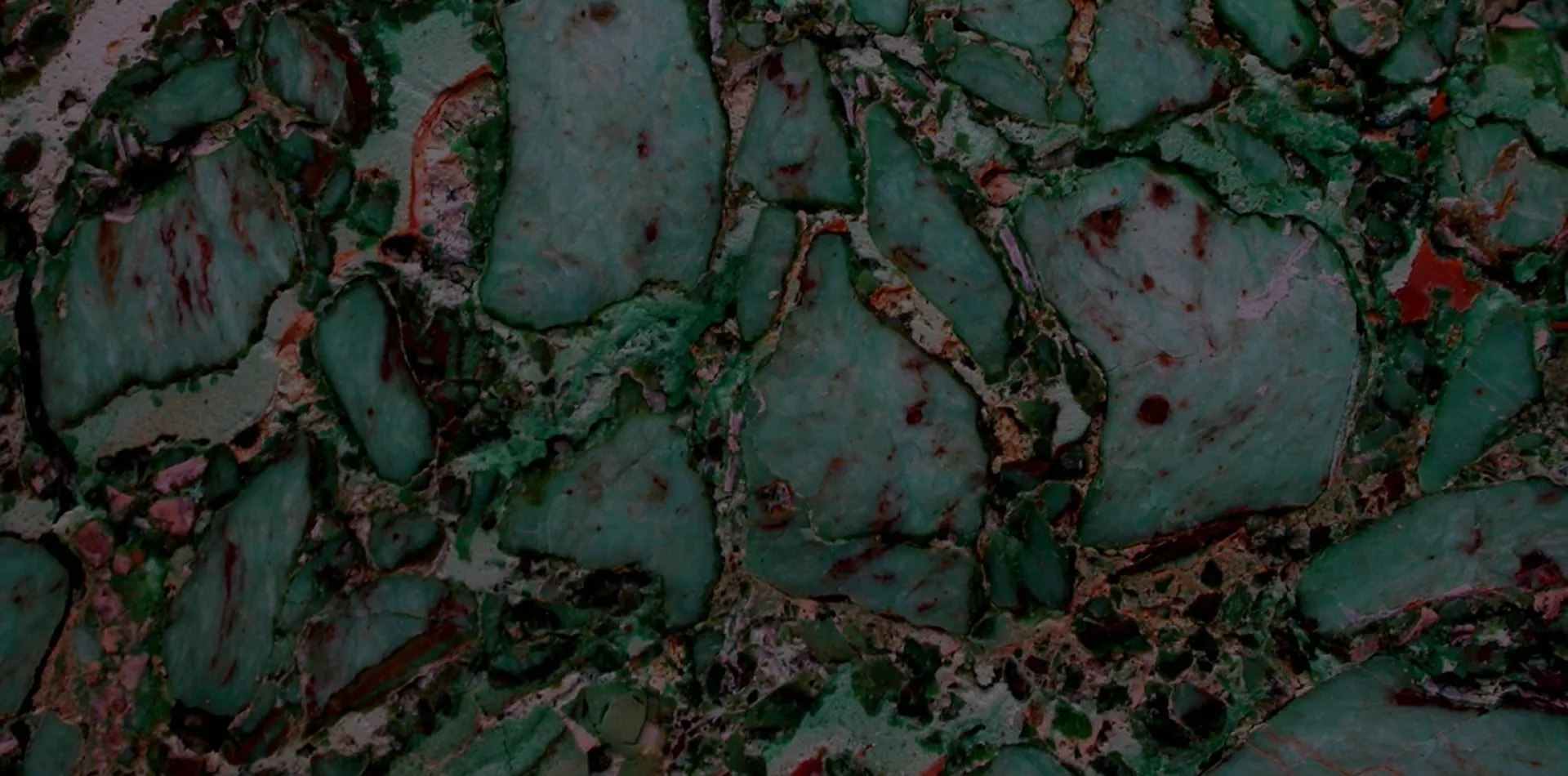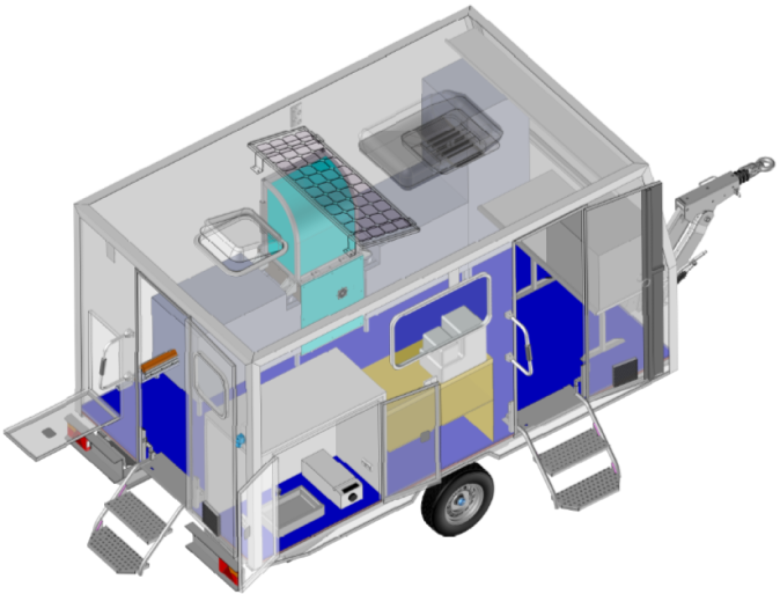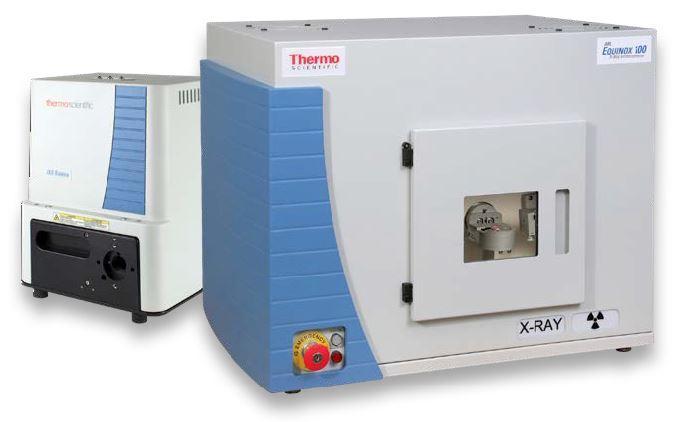DEV'UP Centre-Val de Loire today launches a new interview format: "Elles innovent en Centre-Val de Loire" (Innovations in Centre-Val de Loire), to be featured every month. This month's article, accompanied by a video, gives you the opportunity to find out more about a business leader with an innovative project based in the Centre-Val de Loire Region. The interview is with Henry Pillière, CEO of Inel Innov, a recently created startup company based in Orléans that has developed the MODULAB, an X-ray technology that meets the practical needs of geoscientists in terms of for core and sample analysis in the field.
As part of the launch of "Innovations in Centre-Val de Loire", the first episode is dedicated to Inel Innov, a company specialising in the simultaneous analysis of soil and drill samples taken at potentially polluted sites. Based on the BRGM campus in Orléans (Loiret), Henry Pillière, CEO of Inel Innov, opened the doors of his MODULAB to DEV'UP Centre-Val de Loire to tell the story of the creation of his company and his innovative project to analyse samples using a combination of instruments.

From left to right: Marc-Antoine Hardebolle (mechanical design), Henry Pillière (scientist and CEO), Sylvain Milsant (standardisation and documentation), Sébastien Bech (electronics, firmware and programming), and since October, Arnold Tchiasso has joined us on a sandwich course in IT
© Inel Innov
1- Tell us about your company
"Created in early 2023, Inel Innov is a high-tech company made up of a team of 5 people who have worked for many years - 30 years for myself - in the design of analytical instruments. After the closure of the previous company, we decided to move into field of analytical instrumentation, supported by the project SOLSA DEM'UP and particularly the partners Eramet (a historic player in the mining and metallurgical industry and a benchmark for the responsible processing of the Earth's mineral resources) and BRGM (The French Geological Survey)."
2 - What is your field of activity?
"Our product is a system of combined field instruments that enable the valorisation and characterisation of raw materials (from sectors such as mining, building and roadworks, recycling, metallurgy, etc.), in order to guide the processing or recovery chain. Our systems can measure several parameters simultaneously. Our methodology helps to quantify the chemical and mineralogical composition of mineral materials.
On a national scale, our proposal will provide a real-time estimate of the quality of materials stored on former mining sites, or provide a more accurate assessment of polluted sites"
3- What motivated you to develop this innovation?
"Our job is to put scientific ideas into practice. At the moment, however, all everyday products are designed as a whole. The idea behind our project is to think in terms of the user's specific needs.
My career has always been based on the manufacture of X-ray instruments (diffraction technique). But little by little, we realised that needs were becoming more complex. So we tried to combine techniques in order to cross-reference results to extract more reliable expert indicators.
When we set up Inel Innov, it was this expertise that we wanted to reshape in an attempt to break into a new market.
4- Tell us about your innovation
"Our idea is to combine different instruments to obtain all the information from the same sample. As a result, all the measurement results can be integrated into a refinement algorithm to extract the final information. This is the origin of the MODULAB. We make combined analytical instrumentation systems to be used in the field.
To explain the system simply, we place the sample (the core) on a conveyor belt, which is then scanned by a number of instruments to extract a detailed analysis of the contents almost instantaneously. This system is revolutionary for the scientific world, enabling research to be accelerated"
5- How has the support from DEV'UP and its ecosystem contributed to the development of your project?
"I was able to set up my company thanks to the Centre-Val de Loire Region. I was put in touch with DEV'UP , which came on board as I was setting up Inel Innov, and I quickly signed up to participate in the 4th promotion of the Scale'Up scheme (support for raising funds). Within the regional ecosystem, Bpifrance also helped me, as I was awarded the French Tech Emergence grant, and last year, with the BRGM team, we were also among the finalists in the I-Lab competition".
6 - What is your ambition?
"The aim is to go where no one has gone before and prepare for tomorrow's market.
The problem of resource depletion, for example, is linked to the intensive exploitation of minerals and therefore to their scarcity. I'd like this type of method to teach us to rationalise mineral materials and think about their reuse. It's about reclaiming the value of resources.
A second example is what to do with excavated soil. It can be valuable or dangerous. We need to know both, and to do that, we need to analyse it properly. Our tool enables us to get to know the material better so that we can responsibly redirect it.
Finally, in the agricultural sector, we're facing a decline in soil quality, which is pushing us towards more sustainable farming. But in order to demonstrate that things are going to plan, you need to have the means to monitor them. In the case of polluted soils, we need to visit these places to understand the problem better and try to remediate them, rather than turning a blind eye.
7- What are your sources of inspiration?
"Historical figures, from the discovery to the understanding of the atom, from Marie Curie to Einstein. They spent their lives in scientific research and that's impressive.
These days, it's Jean-Pierre Luminet, a great communicator who I find quite exceptional. He was director of a laboratory in Marseille and has written several novels popularising science, from the Greek era, with Aristotle, to the Arab era, with the rise of astronomy. He simply tells all their stories, about life in their time and their own inspirations.
In the end, inspiration is above all fuelled by the curiosity we have about what surrounds us."
In complement to this interview, we invite you to watch the video (in French) "Elles innovent en Centre-Val de Loire" on our Linkedin page.
Many thanks to Henry Pillière for his time and investment in producing this first episode of our series "Elles innovent en Centre-Val de Loire".
Stay tuned for our next innovative business leader next month!




